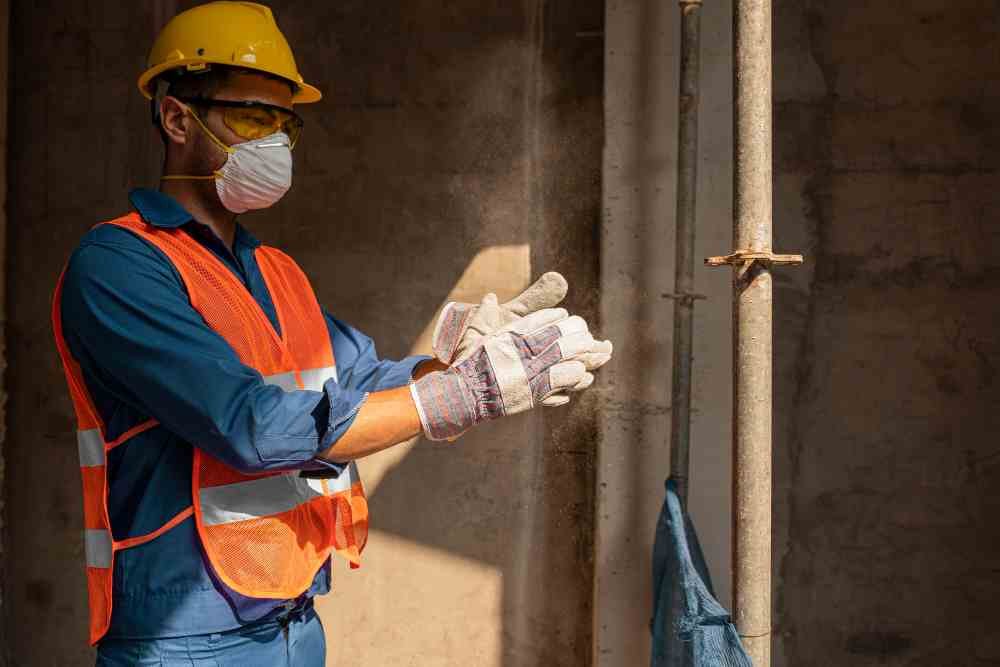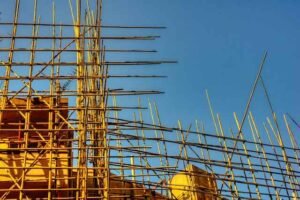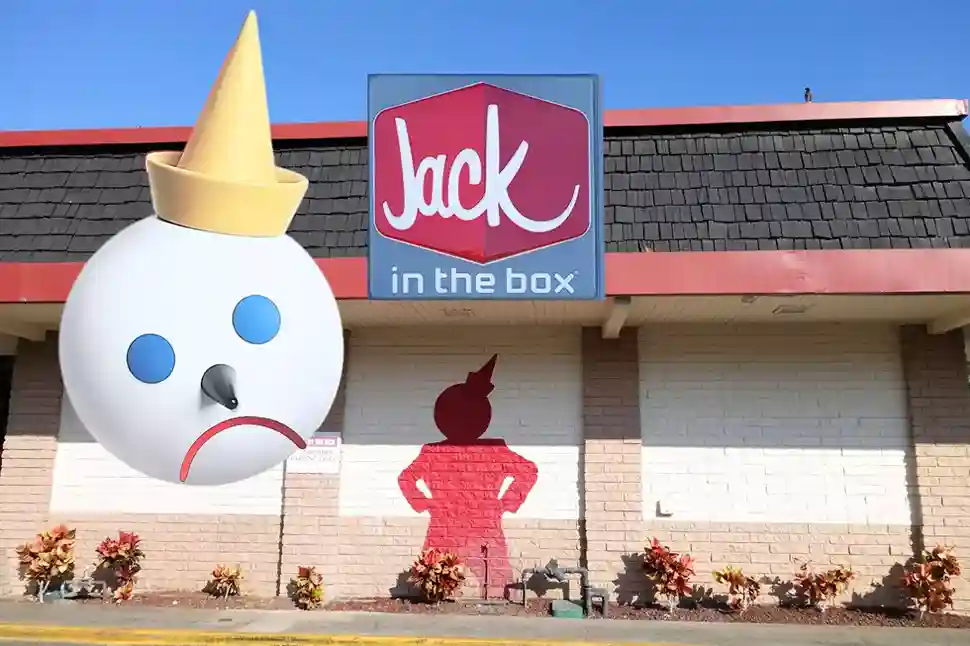Concrete may appear tough and enduring, but even this resilient material can suffer damage over time due to environmental pressures, poor installation, or everyday wear. If left unaddressed, damaged concrete can lead to costly repairs and even safety hazards. Recognizing the early warning signs is essential in maintaining the structural integrity of your property. From minor surface flaws to serious structural weaknesses, there are indicators that property owners should never ignore. We will explore the most telling signs that your concrete requires immediate attention, so you can take action before minor issues escalate into major repairs.
Warning Indicators That Shouldn’t Be Ignored
- Visible Cracks on Driveways, Patios, or Walkways
Cracks are often the first and most noticeable signs that concrete requires immediate repairs. While hairline fractures may seem harmless, they can quickly worsen when exposed to moisture, freeze-thaw cycles, or heavy loads. If water seeps into the cracks and expands during freezing temperatures, it widens the gap, causing the damage to become progressively worse. In driveways or patios, these cracks can result from poor drainage, soil movement, or even the intrusion of tree roots. For walkways and entry paths, they not only compromise visual appeal but also pose a tripping hazard.
Cracks wider than a few millimeters or those that appear suddenly after weather changes should be treated as urgent red flags. Moreover, if you notice multiple cracks forming a spiderweb pattern, the underlying slab may be deteriorating more than you realize. Immediate assessment and sealing or resurfacing are key steps to halt further damage and maintain safety and appearance. Property owners should consider reaching out for Concrete Repair Services in Mississauga to address these signs before they escalate into more serious structural problems.
- Uneven or Sunken Surfaces
If sections of your concrete surfaces have become uneven or appear to be sinking, it’s likely a sign of underlying soil erosion or shifting. This issue is common in areas with poor drainage or inconsistent compaction during the initial installation. Uneven surfaces are not only unsightly but also pose serious safety risks, especially in high-traffic areas such as walkways or entrances. When a concrete slab sinks, it may pull away from adjacent slabs or structures, which could eventually lead to more serious structural separations. Often, this sinking is caused by water washing away the base material under the concrete, leaving hollow spots.
When the concrete above loses its foundation, it dips under the weight. If you notice that puddles form in certain areas after rain or if you feel a wobble underfoot, the surface may already be compromised. Early repair, possibly through methods like mudjacking or foam leveling, can restore the concrete’s position before it worsens.
- Pitting, Spalling, or Flaking Surfaces
Surface deterioration, such as pitting (small holes), spalling (chipping), or flaking, can indicate that the concrete is reacting poorly to environmental exposure. This type of damage often results from repeated freeze-thaw cycles, de-icing salts, or the use of low-quality concrete mixes. At first, it may just seem like cosmetic wear, but over time, these surface defects can expand, exposing the aggregate underneath and reducing the overall strength of the slab. Pitted or flaked surfaces tend to trap moisture, accelerating the breakdown process.
Additionally, spalling may cause the concrete to become rough and hazardous to walk on. Garages, sidewalks, and basement floors are particularly vulnerable, especially in climates with wide temperature fluctuations. Repairing the issue early with resurfacing compounds or sealants can prevent deeper degradation and restore the surface’s appearance and function. Waiting too long may lead to complete replacement becoming the only viable option.
- Water Pooling or Improper Drainage Around Concrete
Standing water near or on your concrete structures can be more damaging than many realize. If water is not draining properly, it can seep into the slab and weaken it from within. Over time, this can lead to erosion of the base materials, cracking, or even slab shifting. You might notice puddles that linger long after the rain, or areas where grass refuses to grow due to moisture overload. Improper slope or poor water redirection can cause water to consistently collect around foundational concrete, leading to long-term weakening of both the concrete and nearby structures.
In cold climates, this standing water becomes a silent destroyer once temperatures drop. Repeated freezing and thawing can cause the concrete to crack internally, a process that’s often difficult to detect until it’s too late. Ensuring proper drainage, redirecting water flow, and addressing pooling issues promptly can prevent this problem from snowballing into larger problems.
Maintaining concrete isn’t just about preserving a clean look—it’s about protecting your property from long-term damage, reducing liability risks, and avoiding expensive rebuilds. These signs should not be ignored or dismissed as minor concerns. Instead, they are early warnings that allow for timely intervention. When you catch these issues early and act promptly, repairs are often straightforward and cost-effective. However, delay can lead to more severe consequences, including safety hazards and increased costs. Pay attention to what your concrete is telling you—it’s often the foundation of your property, and it deserves the same care and maintenance you’d give to any vital component of your home or business.
For more, visit our website Home Threads







